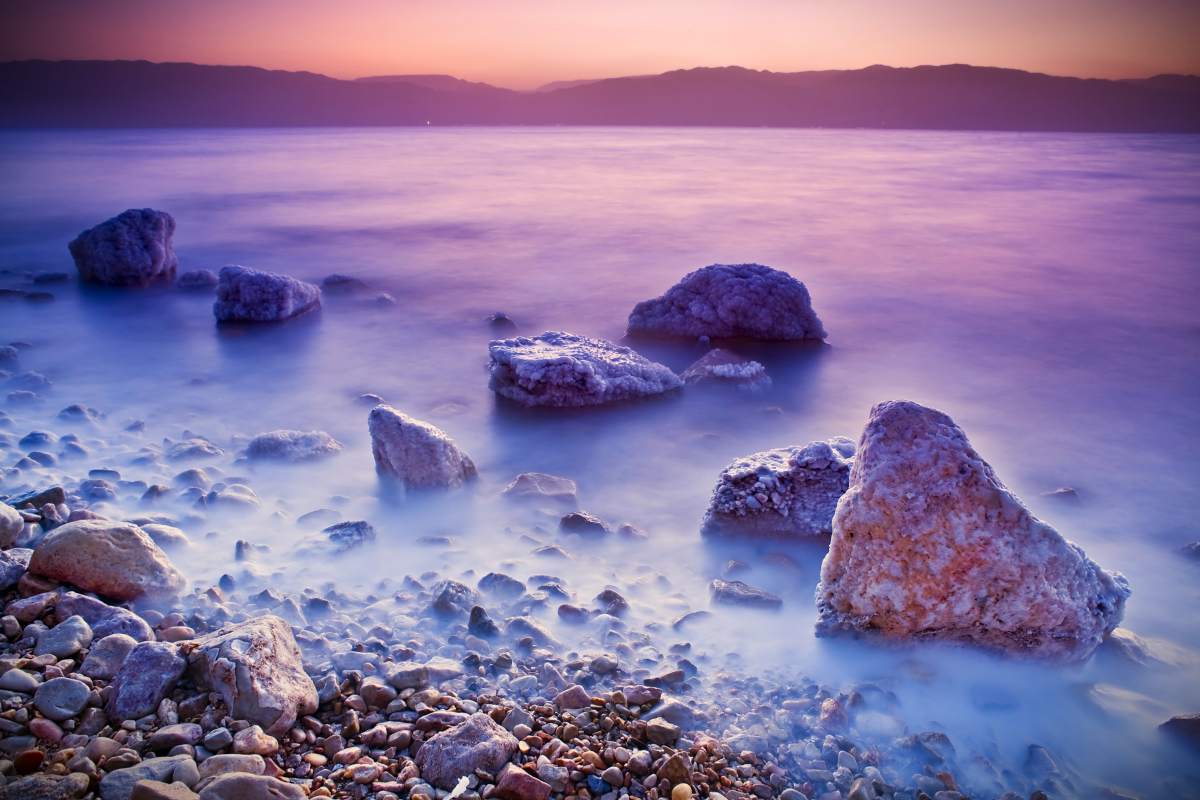+962 7 9635 8199
[email protected]

Indulge in the wonders of the Dead Sea and explore its geological origins and therapeutic benefits. Dive into the fascinating history and formation of this unique body of water, which is bordered by Jordan to the east and Israel and Palestine to the west. Discover how the Dead Sea became one of the saltiest bodies of water on Earth and learn about the geological processes that shaped this natural wonder.
Furthermore, uncover the high mineral content of the Dead Sea’s waters and the impact it has on the human body. From the renowned mud baths to the incredible buoyancy that allows for effortless floating, this post will take you on a journey through the geological marvels and wellness experiences that make the Dead Sea an absolute must-visit destination.
Where is the Dead Sea ?
The Dead Sea is situated in the Jordan Rift Valley, a geological trench formed by the movement of tectonic plates. It lies approximately 67 kilometers (42 miles) east of Jerusalem and around 55 kilometers (34 miles) southwest of Amman, the capital of Jordan. The valley stretches from northern Israel through the West Bank to southern Jordan, with the Dead Sea marking its lowest point.
The sea itself is elongated, with a length of approximately 50 kilometers (31 miles) from north to south, and a maximum width of around 15 kilometers (9.3 miles). Its surface area spans approximately 605 square kilometers (234 square miles).
The surrounding landscape is characterized by arid desert terrain, with rugged mountains rising on either side of the sea. To the west, the Judean Mountains loom over the shoreline, while the Moab Mountains rise to the east. The Dead Sea’s shores are marked by salt pans and mineral-rich mud flats, contributing to its unique and otherworldly appearance.
Its strategic location at the crossroads of the Middle East has made it a historically significant region, attracting civilizations and cultures throughout the ages. Today, the Dead Sea continues to captivate visitors with its stunning vistas, therapeutic waters, and rich geological history.

Nestled between Israel and Jordan lies a natural wonder so unique and captivating that it has garnered attention from travelers, scientists, and historians for centuries. The Dead Sea, often referred to as the Salt Sea, is a remarkable body of water with a fascinating geological and historical background. In this blog post, we delve into the origins of the Dead Sea and unravel the mysteries surrounding its formation.
20 millions Years Ago
The formation of the Dead Sea is a result of intricate geological processes spanning millions of years. It is primarily attributed to the tectonic activity along the boundary of the African and Arabian plates, which led to the gradual sinking of the land and the creation of the Jordan Rift Valley. This geological phenomenon initiated around 20 million years ago, as the Arabian Plate began moving northward, stretching and thinning the Earth’s crust in the region.
3 millions Years Ago
Around 3 million years ago, this tectonic movement intensified, causing the land to sink further and forming a deep depression in the Earth’s crust. As the depression deepened, the area became progressively isolated from the Mediterranean Sea, which had previously covered much of the region. Over time, the receding waters of the Mediterranean left behind a series of interconnected lakes and basins, including what eventually became the Dead Sea.
no natural outlet
The Jordan River played a crucial role in the formation and sustenance of the Dead Sea. As the land sank, the Jordan River continued to flow into the depression, carrying water and sediment from surrounding areas. However, unlike other bodies of water with outlets to the sea, such as rivers or lakes, the Dead Sea has no natural outlet. This lack of drainage caused the water entering the Dead Sea to become trapped, leading to the accumulation of minerals and salts.
the saltiest on Earth
The high salinity of the Dead Sea is a direct result of this trapped water and the arid climate of the region. As water evaporates from the surface, minerals such as sodium chloride, magnesium, and potassium are left behind, gradually increasing the salinity levels. Today, the Dead Sea’s salinity is approximately 34%, making it one of the saltiest bodies of water on Earth.
Geologically – Still living
Geologically, the Dead Sea continues to evolve, with ongoing seismic activity and land subsidence shaping its landscape. The region is prone to earthquakes, a consequence of the complex tectonic forces at play along the rift valley. These seismic events can trigger landslides, further altering the topography of the surrounding area.
Practically – is Dying
One of the primary factors contributing to the decline of the Dead Sea is the diversion of water from the Jordan River, its main water source. While the term “dying” might be somewhat extreme, it accurately reflects the seriousness of the situation and the urgency of addressing the Dead Sea’s environmental issues.
While the northern and western shores of the Dead Sea are primarily within Israel’s territory, the majority of the sea, including its eastern and southern shores, lies within Jordanian territory.
Approximately 79% of the Dead Sea’s surface area belongs to Jordan, while Israel controls around 21%. The West Bank, which is under Israeli military occupation, also borders the northern shores of the Dead Sea.